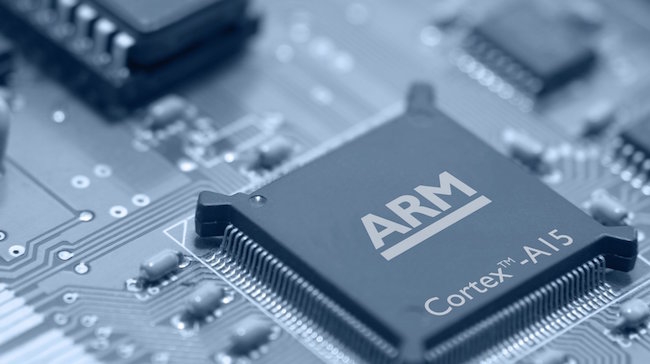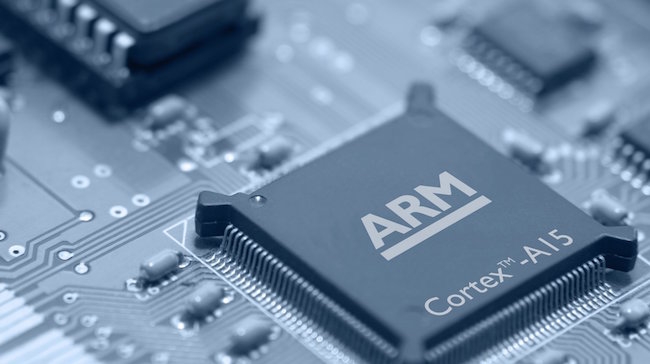
 Can ARM port the success of chips like the Cortex-A15 over to the desktop?
Can ARM port the success of chips like the Cortex-A15 over to the desktop?
Strong ARM: For years, the ARM processor family has been one of the best selling processors in the world, outselling even the mighty x86 by orders of magnitude. Can it now take on the desktop?
ARM processors dominate the embedded computing industry, from automotive applications to handhelds, including most of the world's smart phones and tablets.
ARM doesn't make its own processors, instead licensing the architecture out to other companies who customise and manufacture them. Just about every company that makes processors has an ARM license these days. For the most part, ARM architectures are optimised to consume as little power as possible. Both the architecture of the processors and the instruction set that they use are geared toward being efficient. The Thumb Instruction Set Architecture is designed to be among other things, easy to decode, neatly avoiding one of the biggest challenges that x86 designers have to deal with, which is the complexity of decoding the x86 instruction set.
For a long time, limitations in semiconductor technology forced ARM into trading off performance in favour of power consumption, and as a result, ARM processors offered great battery life to their users, but not a lot of computing power.
Today, things are quite different. Now, the handheld computing platform is the dominant computing platform in the industry, whereas Intel, who we're accustomed to thinking of as the 800 pound gorilla, is in fact the underdog.
One thing that has changed is that as transistor budgets have improved, ARM has been designing additional optional features that licensees can choose to include in their ARM cores if they see a need, or leave them out to keep their products smaller. One of these is a module that basically enhances Java performance, by providing hardware features that the Java Virtual Machine can take advantage of rather than relying on software. Another is SIMD extensions, allowing the DSP-like highly paralellized computing that GPUs and later generation x86 CPUs have in their floating point engines. A more recent one is a hardware cryptography module to accelerate encryption and decryption, a very useful feature for a web server platform.
The nVidia Sheild console however may be a sign of even bigger changes coming. If it lives up to its promises of outright doubling performance over the Xbox One, then it's a sign that the last bastion of x86 dominance is finally under threat: its price to performance ratio. ARM has even bigger scale to economise than x86, and some of the ARM licensees out there such as Samsung, TSMC and Global Foundries have extremely advanced fabrication capabilities, and are using them to make ARM processors. Samsung’s Exynos octa-core ARM gets to enjoy a 14nm finFET fabrication process similar to what Intel is using in its latest Broadwell and SkyLake processors.
With advanced GPUs, SIMD units, super-scalar and out of order execution, more cores, and a streamlined ISA, ARM is no longer a platform that one only selects for the battery life, it's becoming a platform that one might select for performance.
On the higher end, there's still no real comparison; a Broadwell processor with four, six, eight cores that can run at 4GHz with simultaneous multithreading, dual FPUs, and six or more MB of on-die cache offers far higher performance than the fastest current ARM processor, but it's quite a bit larger, quite a bit more expensive, and it has a thermal design power of 95 watts... hardly a viable option for a tablet, even an upscale tablet like one of Lenovo's Yoga or Microsoft's Surface Pro3.
The nVidia Sheild is another example of an ARM processor outperforming the lower end of the Intel processor line, and even encroaching on and starting to exceed the performance of its ultra-low voltage models.
How much longer will it be until it's possible to get a tablet that runs on an ARM processor, plugs into an external GPU when connected to a docking station, and can run Resolve or Mistika? Perhaps not very…
Tags: Technology


Comments